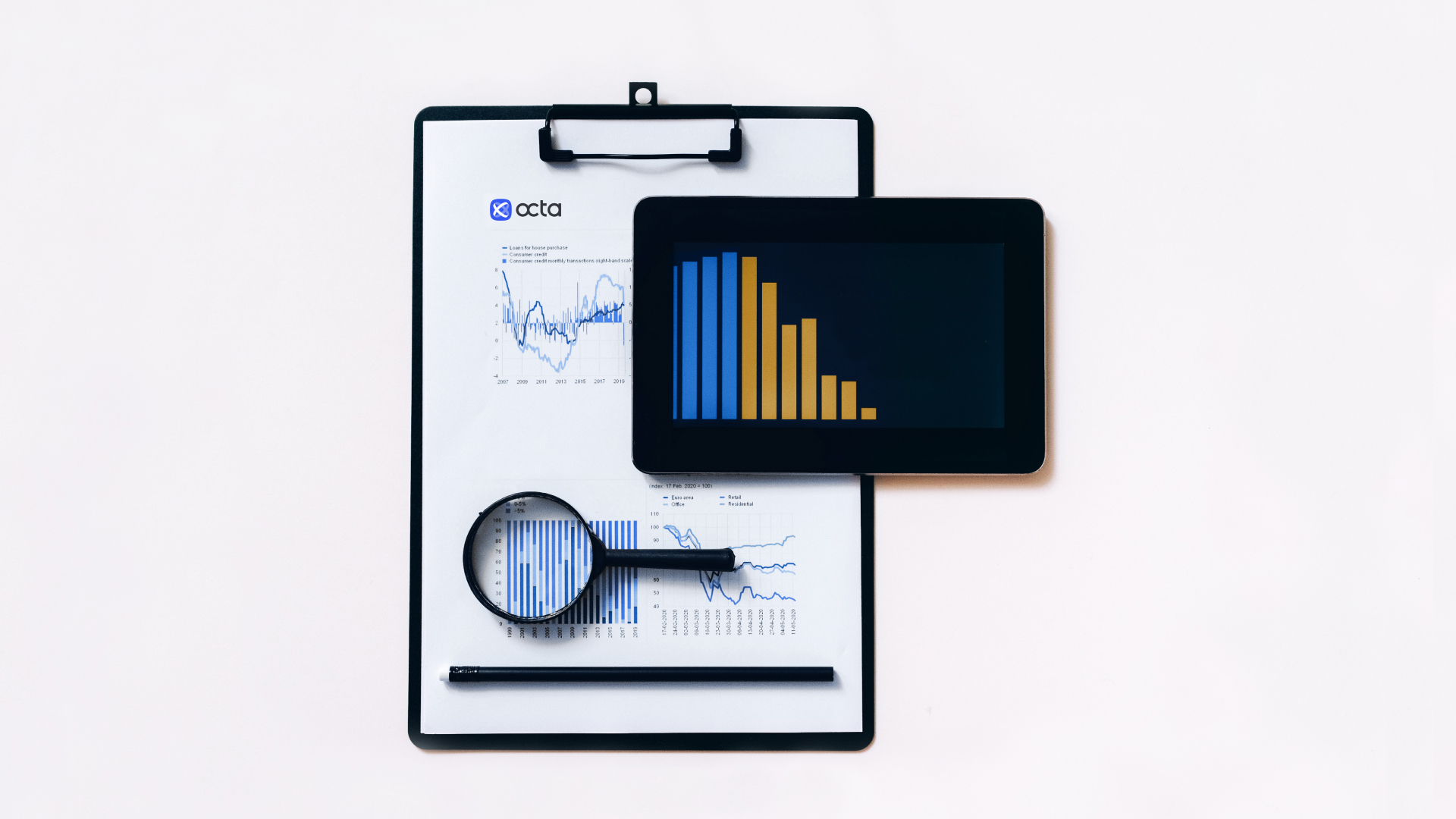KUALA LUMPUR: No matter what tradable instruments a trader prefers, understanding the spreads is instrumental in successfully navigating the financial markets. The experts at Octa, a globally recognised broker since 2011, summarise the key points every trader should know about spreads.

The annoying ubiquity of spreads
Any trader, regardless of the asset classes in their portfolio, deals with transaction costs in one way or another, paying a bid-ask price with each trade. A spread is the difference between an asset’s buying and selling prices. Since no broker offers zero spreads, the question traders face is not how to avoid this fee altogether but rather how to find a broker with lower spreads and what value difference to expect from it.
Two types of spreads
Traders always pay the higher price when they buy and the lower price when they sell, with the broker taking the difference. There are two types of spreads, each having its pros and cons: fixed and variable.
Variable spreads change according to market conditions and instrument volatility. More volatile assets have wider spread variations. Even though variable spreads do not allow traders to predict the exact spread value, the average spread size can easily be calculated at the end of the session. With fixed spreads, on the other hand, traders always know where they are when they start trading, and the end result never comes as a surprise, regardless of asset volatility.

Little by little, a little becomes a lot
How important is it to have favourable spreads? Let’s illustrate the significance of lower spreads by an example.
If broker A has a bid-ask spread of 1 pip for a major currency pair, and broker B has a 3 pip spread, a broker A’s client will get 2 pips more of a profit for each positive outcome than a broker B’s client—and 2 pips less of a loss for each negative. Over a long time, these slight differences can amount to a hefty sum. For example, a day trader can make up to a few hundred trades daily, depending on the strategy and how frequently attractive opportunities appear. Now, suppose a pip value for the EUR/USD pair is 0.1 USD, and the trader buys or sells one lot per order. With 100 trades per session, the 2 pips spread difference will amount to 20 USD to be deducted from the trader’s financial result at the end of the day. Considering that in Forex, individual gains are mostly marginal, and each pip counts, having lower spreads in the first place is a significant advantage.
The more the merrier
Since spreads are imposed on a per-trade basis and do not depend on the order amount, spread difference becomes more important as the number of trades per session increases. Therefore, the trading style that profits from low spreads the most is scalping, which involves a maximum number of trades compared to other strategy types.
The size and type of spreads often become a primary factor in choosing a broker, and traders decide on their preferences based on their strategy and style. For example, many scalpers prefer variable spread offers because it enables them to access the cheapest spreads available on the market at any given time. Spreads may seem insignificant when considered on a per-order basis, but at the end of the sessions, these minor differences accrue and can tilt the odds of success in the trader’s favour.






